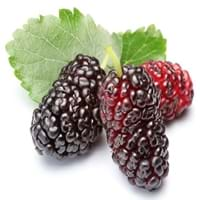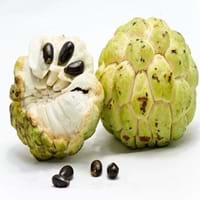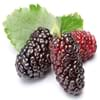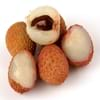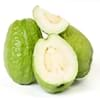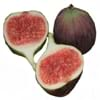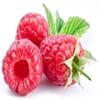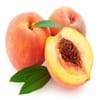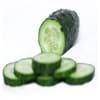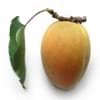Season
Spring, Summer
Autumn, Spring, Winter
Varieties
Charparral, Pendula, Teas, Bellaire and Lingan
Andrews, Amarilla, Asca, Baste, Bays, Bayott, Behl, Canaria, Capucha, Deliciosa, Ecuador, El Bumpo, Guayacuyán, Jete, Juniana, Knight, Nata, Popocay, Sander, Smoothey, Tumba, Umbonada, Whaley and White Juliana
Color
Pink, Purple, White
Green, Yellow
Soil Type
Clay, Loam
Sandy loam
Climatic Conditions
Sunny
Warm
Mulberry and Cherimoya Information
Color of a fruit helps in determining its nutrient content and hence, its nutritional value. Therefore, color can considered as an important factor of Mulberry and Cherimoya Information. Mulberry is found in shades of pink, purple and white and Cherimoya is found in shades of green and yellow. Get Mulberry vs Cherimoya characteristics comparison of the basis of properties like their taste, texture, color, size, seasonal availability and much more! Mulberry belongs to Berry category whereas Cherimoya belongs to Tropical category. Mulberry originated in China while Cherimoya originated in Ecuador.
Mulberry and Cherimoya Varieties
Mulberry and Cherimoya varieties form an important part of Mulberry vs Cherimoya characteristics. Due to advancements and development in the field of horticulture science, it is possible to get many varieties of Mulberry and Cherimoya. The varieties of Mulberry are Charparral, Pendula, Teas, Bellaire and Lingan whereas the varieties of Cherimoya are Andrews, Amarilla, Asca, Baste, Bays, Bayott, Behl, Canaria, Capucha, Deliciosa, Ecuador, El Bumpo, Guayacuyán, Jete, Juniana, Knight, Nata, Popocay, Sander, Smoothey, Tumba, Umbonada, Whaley and White Juliana. The shape of Mulberry and Cherimoya is Oval and Conical respecitely. Talking about the taste, Mulberry is tart in taste and Cherimoya is sweet.
